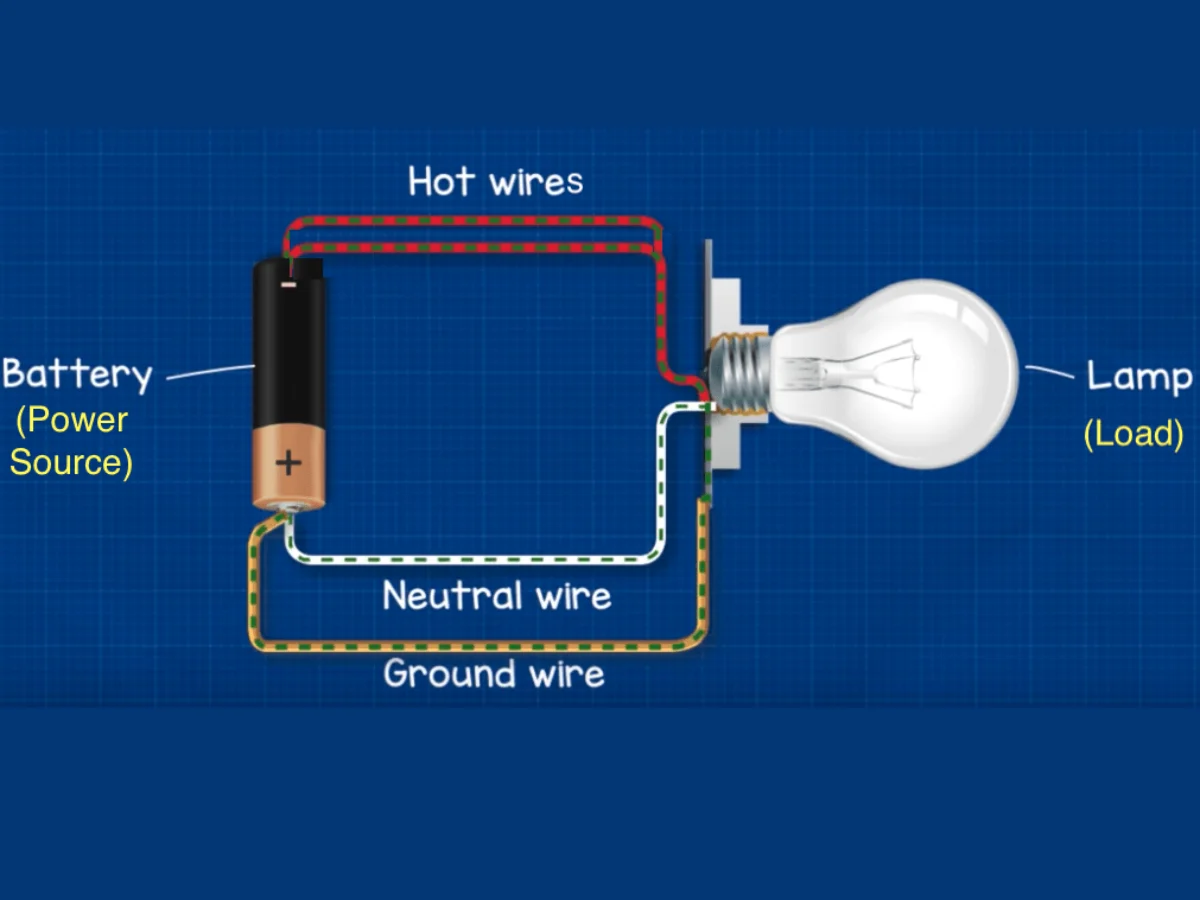Introduction
In the world of home improvements and electrical mysteries, one question frequently arises among UK homeowners: “How can I determine if my light switch has a neutral wire?” Understanding the presence and importance of a neutral wire in your light switch is essential for safe and effective electrical work. In this illuminating guide, we will demystify the concept of neutral wires, explain their significance, and provide practical methods to discern whether your light switch is equipped with one.
1. What is a Neutral Wire?
1.1 The Role of a Neutral Wire
A neutral wire in an electrical circuit acts as the return path for electrical current. It plays a critical role in ensuring the safe and efficient operation of electrical devices, including light switches.
1.2 Why is it Crucial?
The presence of a neutral wire guarantees the smooth flow of electrical current, enabling your light switch to function correctly. Without it, the switch may not work as expected, potentially leading to safety hazards.
2. Decoding UK Light Switch Wiring
2.1 Standard Wiring Colors
In the UK, electrical wiring adheres to specific color codes:
- Brown: Live wire
- Blue: Neutral wire
- Green/Yellow: Earth wire
Understanding these color codes is essential for identifying wires correctly.
2.2 Anatomy of a Light Switch
A typical UK light switch comprises live and switch wires. Familiarizing yourself with these components is crucial when hunting for the elusive neutral wire.
3. How to Detect a Neutral Wire
3.1 Prioritize Safety: Turn Off the Power
Always begin by turning off the power at the electrical panel or consumer unit before inspecting your light switch. Safety should be your paramount concern.
3.2 Inspect the Wiring
Carefully scrutinize the wires connected to your light switch. While the blue wire is often the neutral wire, this can vary, so verification is essential.
3.3 Utilize a Voltage Detector
A voltage detector is a valuable tool for confirming the presence of a neutral wire. It should not detect any voltage when tested against the blue wire.
3.4 Seek Professional Guidance
If you’re uncertain about identifying the neutral wire or lack experience in electrical work, consult a professional electrician to avoid potential hazards.
4. Demystifying Different Scenarios
4.1 Single-Pole Switches
Identifying a neutral wire in single-pole switches, which control a single light fixture, is relatively straightforward.
4.2 Two-Way Switches
Two-way switches, commonly used in staircases and hallways, can be more complex due to multiple switch connections.
4.3 Dimmer Switches
Dimmer switches, designed to adjust light brightness, require precise identification of the neutral wire to ensure compatibility and proper functionality.
5. FAQs About Neutral Wires
5.1 What’s the Purpose of a Neutral Wire in a Light Switch?
The neutral wire completes the electrical circuit, enabling the safe and efficient operation of the switch.
5.2 Can I Identify a Neutral Wire on My Own?
Yes, you can identify it using the methods outlined in this guide. However, always prioritize safety and seek professional assistance if uncertain.
5.3 Is It Possible to Add a Neutral Wire to an Existing Switch?
Adding a neutral wire can be complex and may require rewiring. Consult an electrician for guidance.
5.4 What Alternatives Exist for Smart Switches Requiring a Neutral Wire?
Some smart switches are designed to work without a neutral wire, but compatibility varies. Refer to the manufacturer’s guidelines.
5.5 What Safety Measures Should I Follow When Handling Electrical Wiring?
Safety is paramount. Always turn off the power, use safety gear, and consult professionals when necessary to ensure safety.
6. Conclusion
Recognizing a neutral wire in your UK light switch is crucial for the proper functioning of your electrical system and devices. By following the guidelines and safety precautions outlined in this guide, you can confidently determine if your light switch has a neutral wire. Remember that safety should always be your top priority when working with electrical wiring.
Read more: https://lookupin.co.uk/
